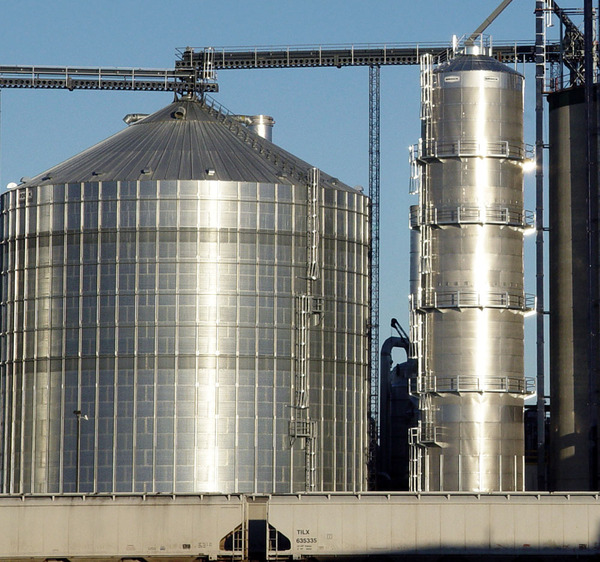Views: 361 Author: Site Editor Publish Time: 2023-08-28 Origin: Site

A tower dryer, also known as a grain tower dryer or a vertical grain dryer, is a piece of equipment used in the agricultural industry to dry grains such as corn, wheat, rice, soybeans, and more. It's an essential tool for farmers and grain producers to reduce the moisture content of harvested crops, which helps prevent spoilage during storage and maintain the quality of the grains.
Tower dryers are designed to handle large quantities of grains efficiently and are commonly used in areas where weather conditions are unpredictable, and natural drying methods may not be feasible. Here's how a tower dryer typically works:
Loading: The harvested grains are loaded into the top of the tower dryer. This can be done using conveyors or other mechanical systems.
Drying Process: The tower dryer utilizes a combination of heated air and airflow to remove moisture from the grains. The grains move downward through a vertical chamber while being exposed to heated air. This air absorbs the moisture from the grains, effectively drying them.
Heating System: The heated air used in the drying process is usually generated using burners powered by electricity, natural gas, propane, or other fuel sources. The heated air is circulated through the tower to achieve efficient drying.
Cooling Section (Optional): Some tower dryers may have a cooling section at the bottom to help stabilize the temperature of the dried grains before they are discharged.
Monitoring and Control: Tower dryers are equipped with sensors and control systems to monitor and regulate the temperature and airflow throughout the drying process. This ensures that the grains are dried uniformly and efficiently without being over-dried or under-dried.
Discharge: Once the grains have reached the desired moisture content, they are discharged from the bottom of the tower and can be transferred to storage bins or transported for further processing or distribution.
Tower dryers offer several advantages:
Efficiency: Tower dryers can handle large volumes of grains quickly and efficiently.
Control: The drying process can be closely monitored and controlled, leading to consistent results.
Reduced Spoilage: By reducing moisture content, the risk of mold growth, spoilage, and insect infestation during storage is minimized.
Time-Saving: Tower dryers can accelerate the drying process compared to natural drying methods.
Year-Round Operation: Tower dryers allow for grain drying regardless of weather conditions.
However, tower dryers also come with certain considerations:
Energy Usage: Heating and running the equipment requires energy, which can contribute to operational costs.
Initial Investment: Tower dryers can be a significant investment for farmers and may require maintenance over time.
Grain Quality: Over-drying or improper drying can affect grain quality, so proper monitoring and control are essential.
Overall, tower dryers play a vital role in modern agricultural practices by ensuring the quality and safety of harvested grains for storage and distribution.